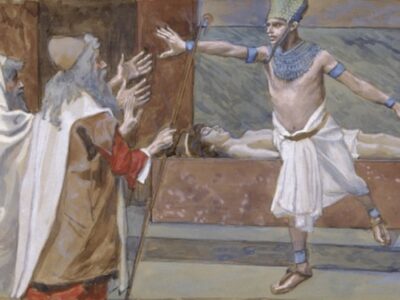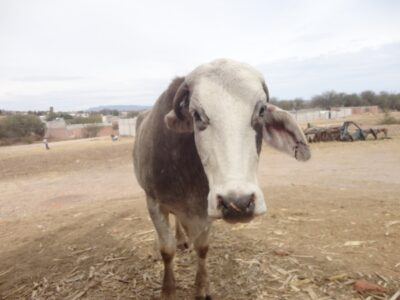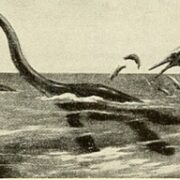
They don’t say if they were hunting for Dracula, but researchers in Transylvania have uncovered the remains of a new “dwarf” dinosaur and it’s confirming a longstanding suspicion among paleontologists.
“Discovered in what’s now western Romania, the Transylvanosaurus platycephalus (flatheaded reptile from Transylvania) was 2 meters (6 feet) long — a relatively small size for a dinosaur, according to a new study. Its skull bones were unearthed in 2007 in a riverbed of the Haţeg Basin.
In the Cretaceous Period, this region of Romania was a tropical archipelago. Dinosaurs living there were smaller than their relatives elsewhere; paleontologists think these dinosaurs were an example of what biologists call “island rule,” where large animals isolated on islands become dwarfed or stunted in their growth over time and small animals become larger.
Sauropods, the largest type of dinosaurs that have ever lived, reached average heights of a puny 6 meters (nearly 20 feet) on the archipelago, for example, compared with 15 to 20 meters (49.2 to 65.6 feet) typical for the group.
‘Almost every terrestrial animal on this island was pretty small,’ Felix Augustin, a paleontologist and doctoral student at the University of Tübingen in Germany told KSL. ‘An exception were the pterosaurs, some of which reached gigantic body sizes — the reason for this is probably that they could fly and thus were not as severely impacted by the limited resources on the island.’
All That’s Interesting writes, “The discovery of this ‘dwarf dinosaur’ species offers further support for what’s known as the ‘island rule’ — a theory that suggests large animal species who evolve on islands are notably smaller than their mainland counterparts. At the same time, smaller species on these isolated islands grow larger than their counterparts.”
“None of the bones the researchers uncovered was longer than 12 centimeters (about 5 inches), but they revealed a remarkable amount of detail about the little plant-eating dino that would have walked on two legs and had a powerful, thick tail. It was possible to discern the contours of the brain of Transylvanosaurus, the research team said.
‘We were able to see the impressions, and thus the proportions, of different brain sections — more specifically, of the olfactory bulbs (the brain section responsible for the sense of smell) and the cerebrum, which serves several different functions from sensory processing to memory,’ Augustin said.
‘The next step would be to compare the proportions of the brain and eye to other related species, as this may give information on what senses were important to Transylvanosaurus,’ he continued.
Does anyone here think they can survive a year on Hateg Island with its local dwarf Dinosaurs, Crocodiles, birds, Pterosaurs and others pic.twitter.com/6Gz52eTh7s
— Knight_Steve (@knight_Steve_) November 14, 2022
“The Haţeg Basin has been a hotbed for dinosaur discoveries. Ten dinosaur species have already been identified during excavations in the region, with the first dinosaur discovered in 1900. The Transylvanosaurus platycephalus is the first new dinosaur species to be discovered there in 10 years after a small carnivore and long-necked plant eater were found in 2010,” CNN reported.
The “little” newly-discovered dinosaur species offers more evidence toward proving that there was a low variety of dinosaurs and other fauna in the Late Cretaceous Period. Along with the dinos living on the island, the Haţeg Basin became home to crocodiles, flying reptiles, and turtles even before the behemoths went extinct over 60 million years ago.
[Read More: Doctor Has To Jump Into Half Marathon To Save His Patient]










BEFORE I READ ARTICLE I GUESSED FETTERMAN